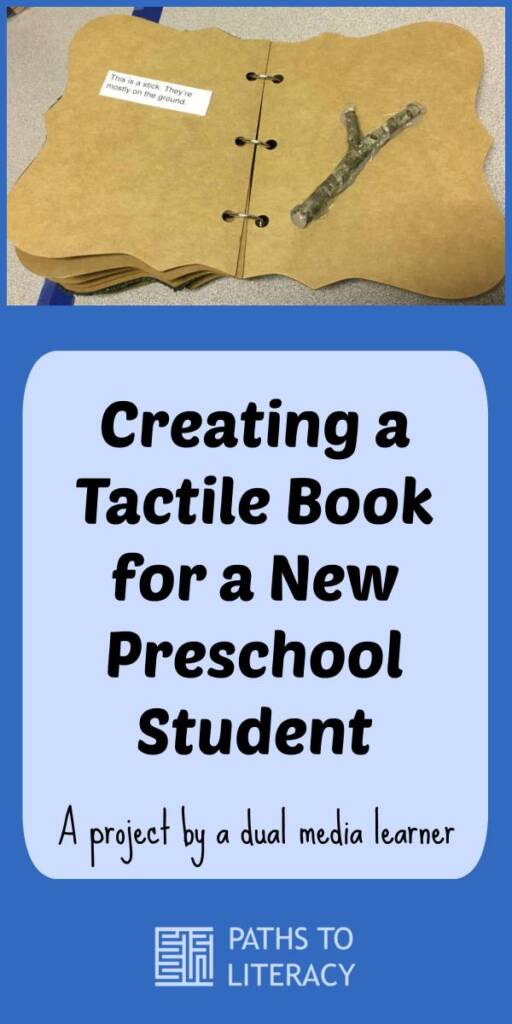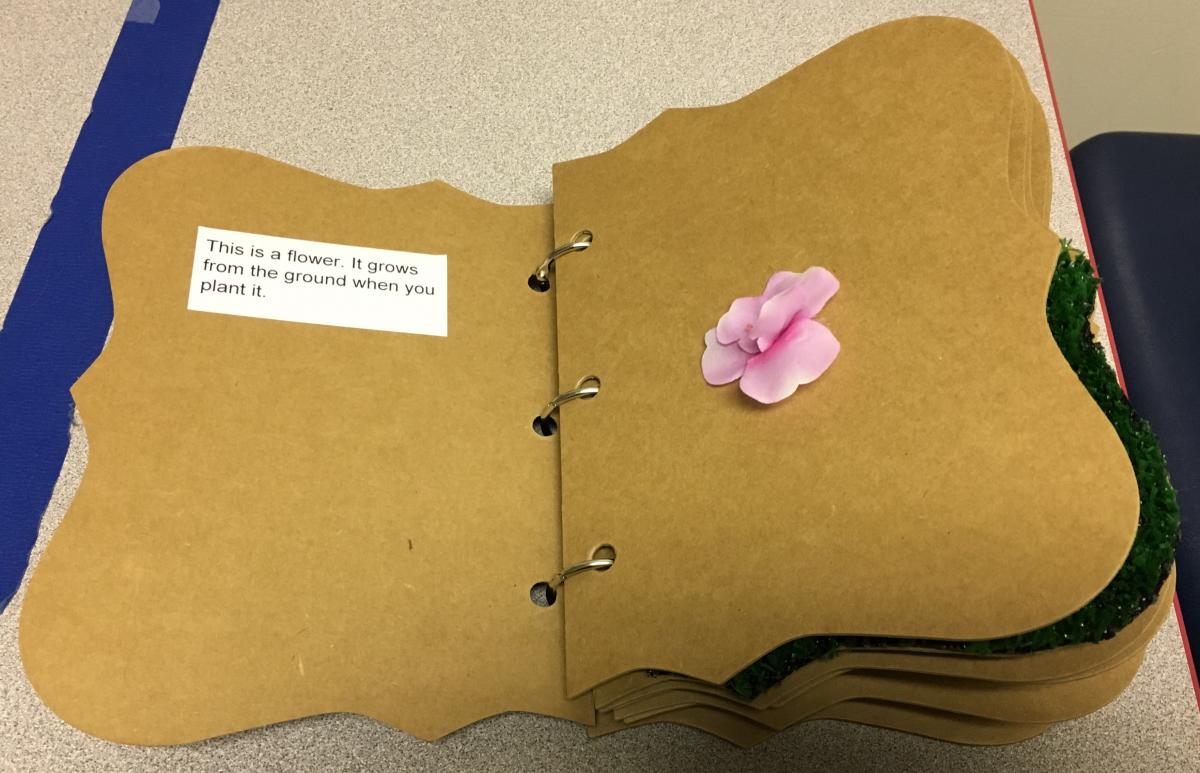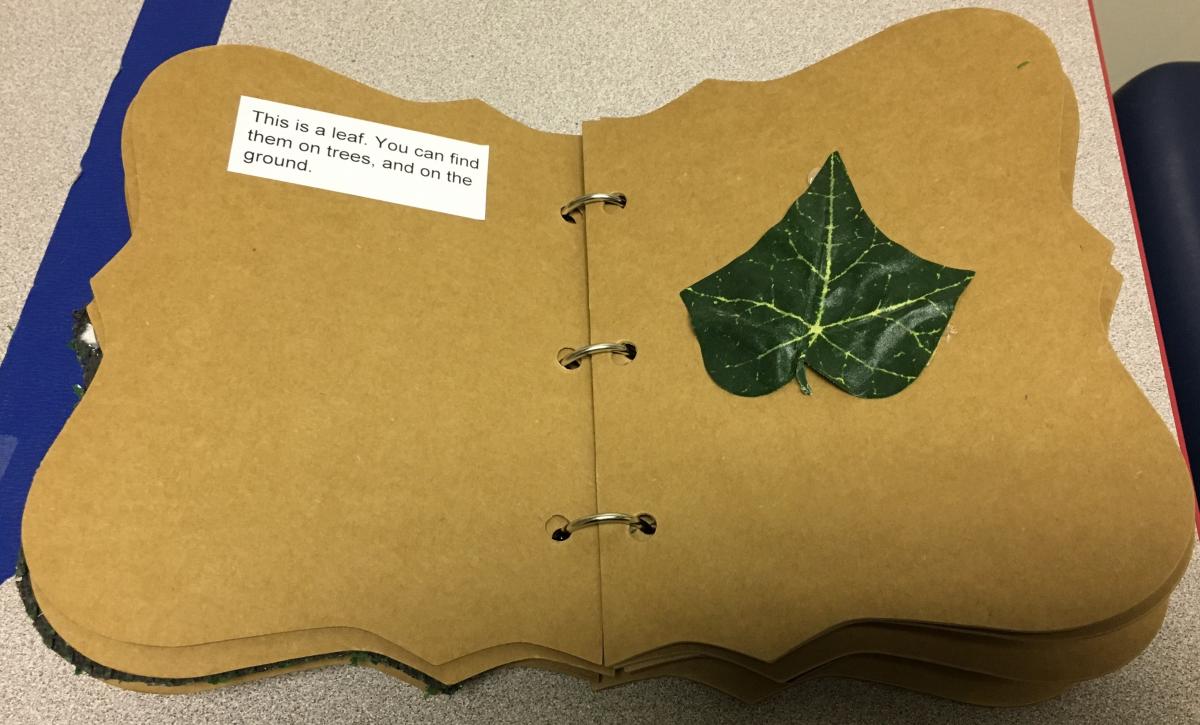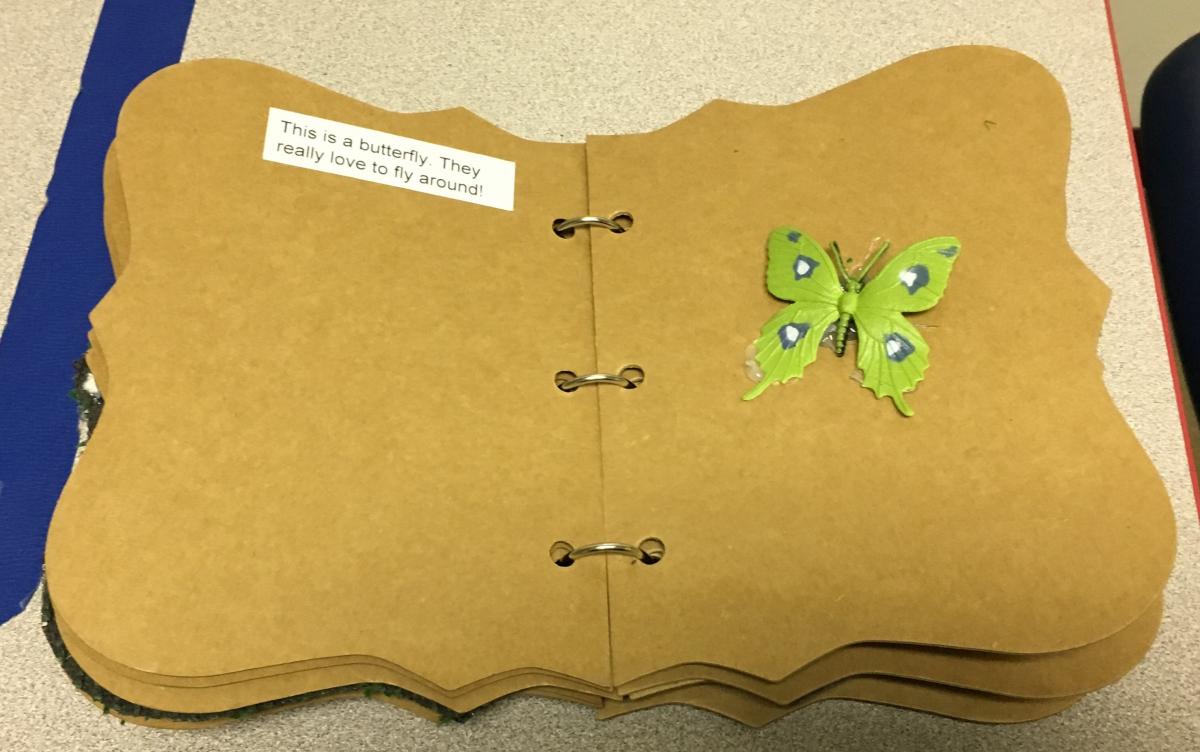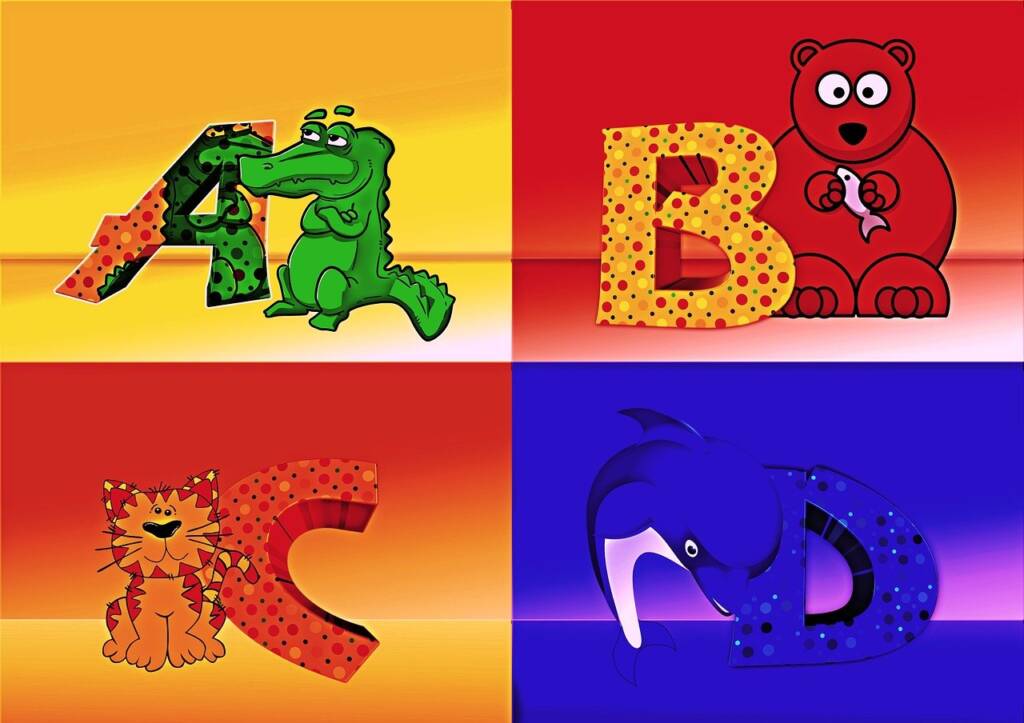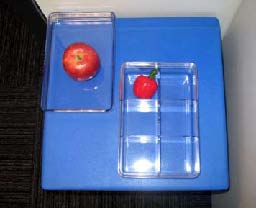One of my dual media learners who is in 4th grade decided to make a book for a new student in the Preschool Program for Children with Disabilities (PPCD). Her thought process behind this book was a “Welcome to school”. When she learned he was in a wheelchair, she felt the book needed to be a lesson about the outdoors. As she wrote the story, I helped her edit it, as she was becoming too scientific and I needed to remind her that the student is only 3 years old. We also talked about how it will be important for him to go outside and touch all of these things (flowers, grass, etc.) in the natural environment as he learns about them.
She also wrote a letter to his mother and we are creating a basket for his mom to give her on Monday. She asked me to have my other student write her a letter as well. The focus of the letters was to share with the parent why they like the school campus.
Materials
- Stickers
- Tactile objects
- Hot glue
- Board book pages
- Binder rings
Procedure
My student wrote a rough draft of her story and illustrated it. Then she gave me a list of materials she needed to complete the book and she then typed the book. Once printed, we trimmed them to size and she used a xyron machine to make them into stickers. She places the text sticker on the left side and on the right side is the tactile object. She placed the object in the desired location for me to hot glue to the page. I had bought board book pages that are bound by binder rings to use at the pages. We wanted sturdy pages that would last.

While some of the tactile objects she chose to illustrate the pages are a bit abstract, I thought this was a very nice idea and I loved the fact that she initiated it. It was good writing practice for her, and also gave her a chance to think about the world from the perspective of a very young child. Maybe she’ll be able to go outside with him one day and explore these things together! We also thought it would be nice if they could make a tactile book together, so that he could help to add the objects to the pages and talk about what they represent. They could collect real flowers, grass, leaves, etc. and match them to the pages of the book.
